Don't wanna be here? Send us removal request.
Text
For Fossil Friday, here’s a double-page spread from my book (När dinosaurierna tog över, Idus förlag) depicting a scene from Southwestern China during the Early Jurassic. A pair of coelophysids (Panguraptor lufengensis) curiously observe a large sauropod (Chinshakiangosaurus chunghoensis) as it lumbers through the forest.
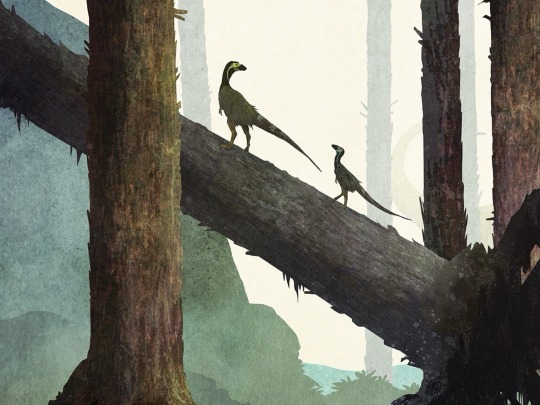


578 notes
·
View notes
Text

Eotephradactylus, North America's oldest known pterosaur, enjoys a crustaceous snack.
427 notes
·
View notes
Text

Oh BOY! Story time! All the way back in 2016, on our way back from Munich for a EAVP meeting Sven Sachs got a mail by Georg Göltz, attached were some first images of an incredible specimen. That evening we went over the material again and again...

I remember saying, "well, that looks like a large owl feather" and oh boy... Some time after Sven got Johan Lindgren and Dean Lomax on board who likewise recognized the importance of the fossil and made it happen that all the necessary tests were done to ensure that...

We would get as much information out of the specimen as possible! Now, quite a few years later we can finally show what has been brewing behind the academic curtains for a while.

Temnodontosaurus is a ichthyosaur taxon that is nearly as old of Paleontology itself, and yet, after more than 200 years of research history new details still reveal themselves. This flipper that Georg Göltz found not only showed the flipper outline that was unexpected...

But also revealed completely novel structures that have never been found in a living or extinct animal. Already, kind of, known where the parallel skin grooves that are very visible, even under normal light, but more important are the tiny, light structures on the back of the fin...

These are not bony but cartilaginous in nature and get the new name, chondroderms. These tiny spikes, embedded in the skin, supported a serrated trailing edge that stretched over nearly the full length of the flipper. As closer inspection revealed that these weren't just...

...impressions but that large portions of the skin structure were preserved. Which this wealth of data the researchers were able to do something pretty cool, they could build a digital model of a Temnodontosaurus flipper and test it's properties.

While not that efficient in improving the hydrodynamic properties these structures seem to reduce noise, similar to owl feathers! A puzzle piece that was so far completely absent from any considerations about the livestyle of these early Jurassic predators!
However this fits well to what we already knew. Large eyes, long but robust jaws and stomach content that consists of other fast prey like belemnites and other ichthyosaurs speak for a ambush predator, in this case a silent one.


I became part of this project first as a interested observer but only a few month before it went into review Johan asked me to make some artwork of the press release. As I had a rather tricky perspective in mind I actually build for this a model of Temnodontosaurus.
Eventually a took a shot of the model in a way that satisfied me and I went to finish it digitally. We decided to show it swimming into a swarm of belemnites. The specimen has a small flipper injury to show of better that structure of the fin.

There is much more to say about this fossil but thankfully the paper, published in Nature, is OPEN ACCESS! have a look!
#paleoart#sciart#palaeoblr#jurassic#temnodontosaurus#paleontology#ichthyosaur#posidonia shale#soft tissue#owls#marine reptile
1K notes
·
View notes
Text

Adding the Hornerstown formation of the latest Cretaceous and early Plaeocene of New Jersey! A witness to the K-Pg event.
We are approaching the maximum of images you can post here so I thought it was time I make a little showcase of all the formation pieces we covered so far on the streams.





























For people who don't know: for several months now I draw one formation or fossil locality every Saturday. The next place we visit is chosen by a wheel of names, which we also constantly fill up again when a new formation is picked.
I try to make it as interesting as possible in my composition and choice of animals and I can tell you this series has been a great training when it comes to constructing these, how I call them, Menageries.
I have to thank a team of friends and colleagues who help behind the scenes with research, creation of size charts and conversation partners when it comes to deciding on the compositions of these pieces. Their help has been invaluable!
14K notes
·
View notes
Text

And here the result of the Hornerstown Formation #paleostream! This formation was deposited from the late Maastrichtian to the early Paleocene and has direct evidence of the K-Pg impact preserved. Perfect to have a moody piece like this, something that I wanted to do for a while

As such we decided against yet another Cretaceous piece and instead opted to show you the Danian part of the formation, not long after the extinction event. Thousands of years after the impact the storms at the coast of New Jersey reveal the subfossil remains of Mesozoic giants.
For me the most interesting parts of this fauna were the many sharks and rays as well the fragmentary but diverse bird community. On top of that we have an interesting invertebrate fauna with potential evidence a few ammonites making it past the K-Pg boundary.

As this piece is set in the shallows i wasn't really able to add in a few of the larger survivors, but in this case the vibe was more important to me than completeness. Feel free to use this size chart by Discord member Montana to create your own compositions ;)
#paleoart#sciart#paleostream#palaeoblr#cretaceous#paleocene#danian#mosasaurs#graveyard#sharks#formation pieces
280 notes
·
View notes
Text
a child came into the nature center and saw tadpoles for the first time and when i told him they're baby frogs he thought i was lying and i suddenly realized that if you're 3 and don't know that tadpoles become frogs it does sound pretty fake. this kid will not fall for made up shit online he is a born skeptic.
28K notes
·
View notes
Text


A closer look at yesterdays new dinosaur species, Enigmacursor mollyborthwickae, from the Morrison Formation. It is always a big thrill to be the first to reconstruct a new species.
175 notes
·
View notes
Note
Why is the Iberomesornis’s snout so long in some of these drawings? Was there a new study placing them in the longipterygidae

For those who don't know, Iberomesornis is a small basal bird from the Cretaceous of Spain. Despite being known from a really well preserved skeleton we lack so far the skull which led to various different interpretations over the years. One of the newest, and one that has been repeated in another paper by now, is the idea that these guys indeed clade within or close to Longipterygidae, a group of weirdly long snooted, but toothed, birds, mostly known from China.
106 notes
·
View notes
Text
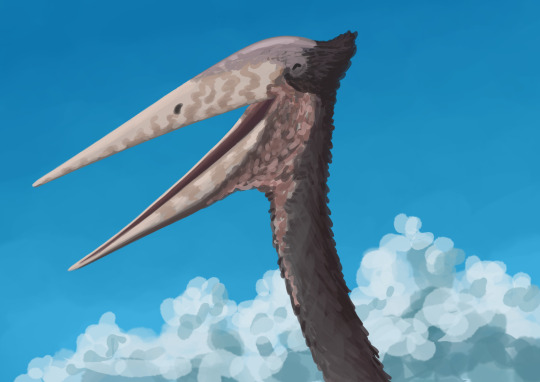
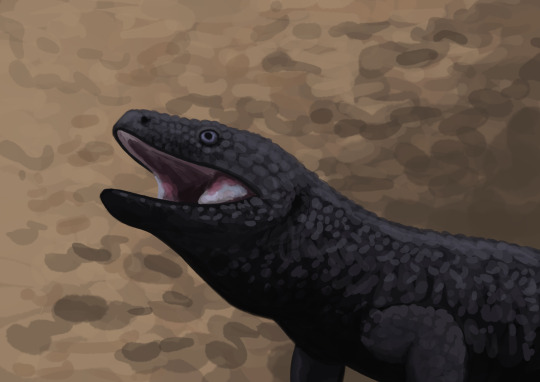

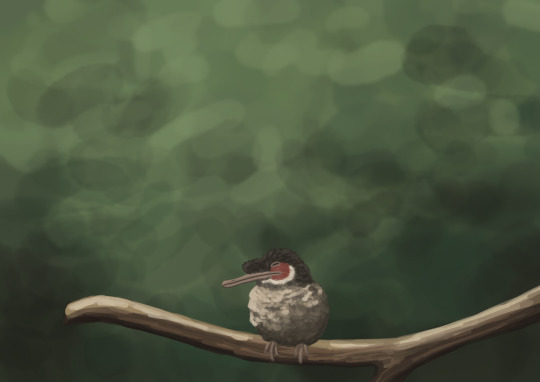
Doodles from Friday's flocking #paleostream featuring Zhejiangopterus, Bolg, Diplobune, and Iberomesornis.
299 notes
·
View notes
Text
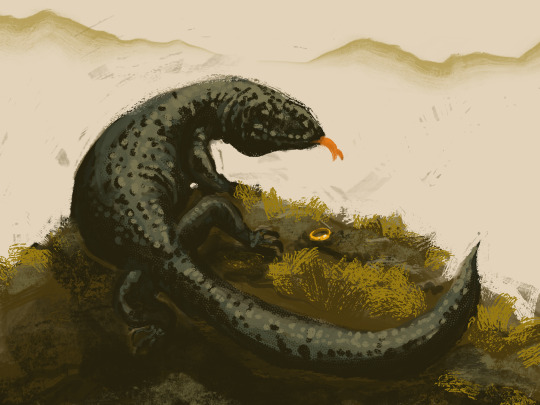


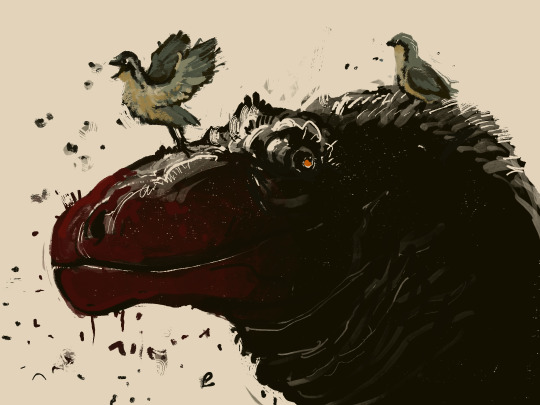
flocking 6/20/25 — Bolg (with something precious), Diplobune, Zhejiangopterus, Iberomesornis (with Neovenator)
1K notes
·
View notes
Text


Flocking sketches from last week! I just wanted to draw clouds. Gonna do a personal theme next time too, but the theme inself is a secret for now 👀 I worked a little on them after the stream, so some of them are 30min instead of 20. Here are: Zhejiangopterus, Bolg amondol, Diplobune and Iberomesornis. More info in ID as always!
3K notes
·
View notes
Text
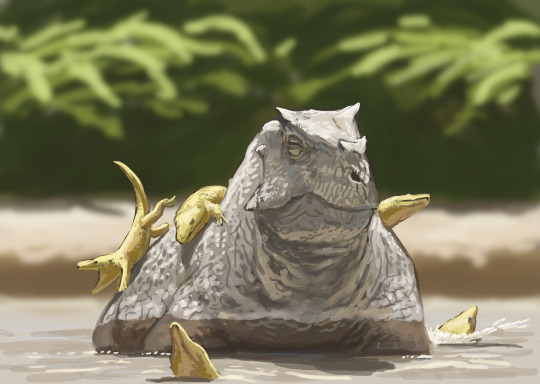
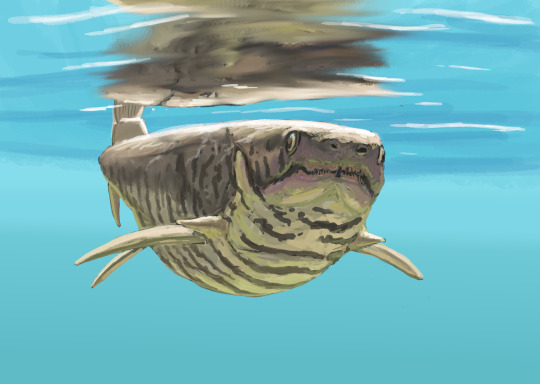

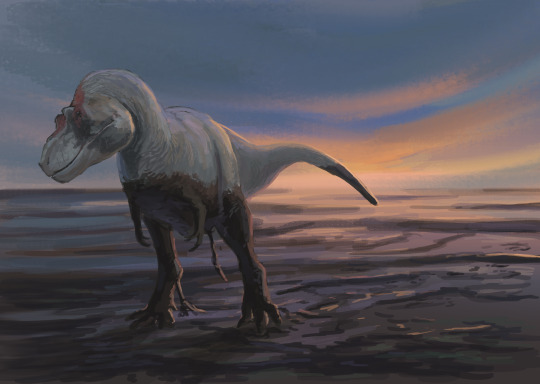
Results from tonights #paleostream!
Yinshanosaurus, Harrytoombsia, a sophont microraptorine (a wish for Din0boy1) and a Albertosaurus partially covered in oil.
2K notes
·
View notes
Text


My 25 years of palaeoart chronology…
Two Giganotosaurus sniffing out a juvenile Limaysaurus carcass, from DINOSAUR BEHAVIOUR (2023), by Prof Michael Benton (published by Princeton University Press).
200 notes
·
View notes
Text

Adding the Gogo Formation from the Devonian of Australia! A classic, very productive formation full of placoderms.
We are approaching the maximum of images you can post here so I thought it was time I make a little showcase of all the formation pieces we covered so far on the streams.





























For people who don't know: for several months now I draw one formation or fossil locality every Saturday. The next place we visit is chosen by a wheel of names, which we also constantly fill up again when a new formation is picked.
I try to make it as interesting as possible in my composition and choice of animals and I can tell you this series has been a great training when it comes to constructing these, how I call them, Menageries.
I have to thank a team of friends and colleagues who help behind the scenes with research, creation of size charts and conversation partners when it comes to deciding on the compositions of these pieces. Their help has been invaluable!
14K notes
·
View notes
Text

On yesterdays #paleostream we covered the Gogo formation, a diverse assemblage from the Devonian of Australia. It is an extremely productive formation with high levels of preservation, giving us stull like the oldest preserved heart and placoderms mid birth.

Gogo is one of these places though where "formation doesn't equal ecosystem" holds true a lot. In this case not because the animals were preserved over a very long time span but because the formation doesn't at all reflect where these animals lived.

The Gogo formation is a bunch of little hypoxic (low oxygen) basins in which the carcasses accumulated and were preserved in hard concretions. They lived however in and around the reefs that surround these basins.

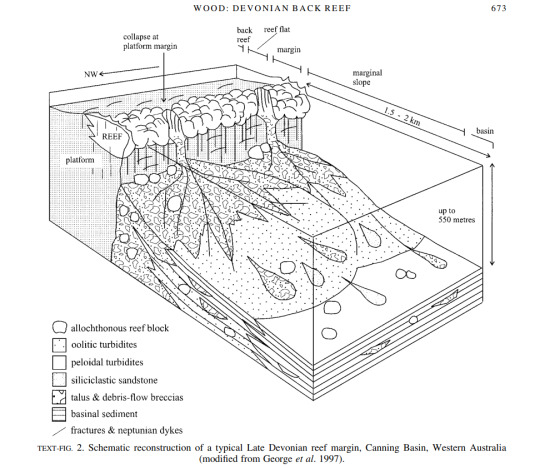
These reefs formed massive limestone platforms that can still be seen to this day. They were build largely by stromatoporid sponges of the genus Actinostroma. However on the edges of the reef we also have colonies of corals and that's where I wanted to set this piece.
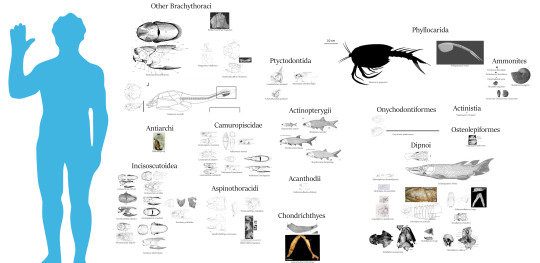
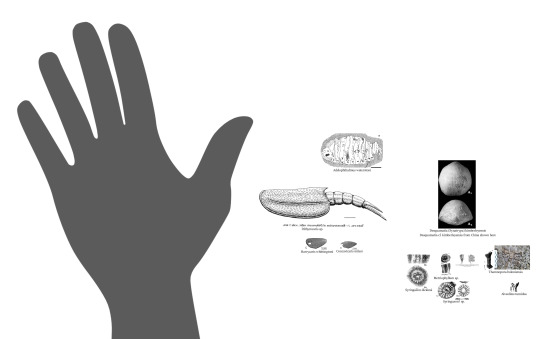
As a reef community, most stuff from here isn't that large. As you can see in these size charts by Discord member JW, the largest diversity can be found in the placoderms but funnily enough some of the largest animals are actually phyllocarid crustaceans.
#paleoart#sciart#paleostream#palaeoblr#devonian#gogo formation#phyllocarid#reefs#sponges#corals#placoderm
335 notes
·
View notes
Text




Doodles from yesterday's flocking paleostream featuring Hesperornis, Asiatyrannus, Manis palaeojavanica, and Khankhuuluu.
316 notes
·
View notes
